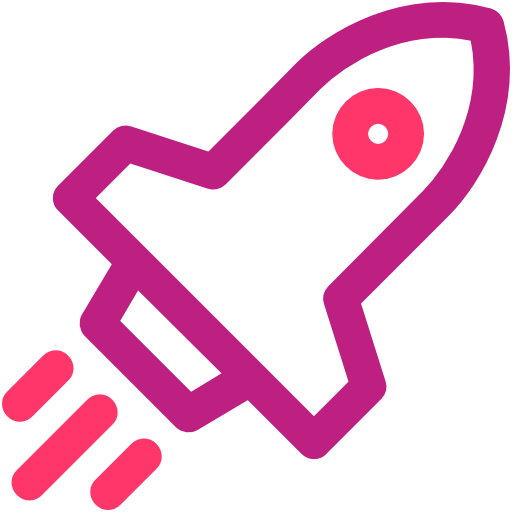Virtual Reality in de Klas: Transforming Education in 2024
Virtual reality (VR) in de klas is revolutionizing the educational landscape, providing immersive experiences that enhance learning outcomes. In 2024, educators are increasingly adopting VR technology to engage students in ways traditional methods cannot.
Short Answer
Virtual reality in de klas enhances student engagement and understanding by providing immersive, interactive experiences. In 2024, this technology is reshaping how educators teach complex subjects, allowing students to visualize and experience concepts firsthand.
Introduction
Did you know that 70% of students report being more engaged when using virtual reality in their learning? As we dive into 2024, the use of VR in de klas is not just a trend; it’s becoming a vital tool in modern education. With the integration of VR, classrooms are transforming from traditional setups to dynamic learning environments where students can explore complex concepts in a virtual space. This article explores how VR is reshaping education, its benefits, and practical applications in the classroom.
Benefits of Virtual Reality in de Klas
- Enhanced Engagement: Students are more likely to participate actively in lessons.
- Improved Retention: Immersive experiences help solidify knowledge.
- Safe Learning Environments: Students can experiment without real-world consequences.
- Diverse Learning Styles: VR caters to visual, auditory, and kinesthetic learners.
- Global Learning Opportunities: Access to virtual field trips and cultural experiences.
How to Implement Virtual Reality in the Classroom
- Choose the Right VR Tools: Select age-appropriate VR software and hardware.
- Integrate into Curriculum: Ensure VR lessons align with learning objectives.
- Train Educators: Provide professional development for teachers on effective VR use.
- Encourage Collaboration: Foster teamwork through shared VR experiences.
- Assess Impact: Use feedback and assessments to evaluate VR effectiveness.
Popular VR Tools for Educators
There are several VR platforms available that can enhance classroom learning. Here are a few recommended tools:
- Google Expeditions: Offers virtual field trips and immersive learning experiences.
- Oculus Quest 2: A versatile VR headset suitable for various educational applications. Check it out here!
- ClassVR: Provides a comprehensive package for schools, including headsets and pre-loaded content.
- VR Chat: Facilitates social interaction and collaboration in a virtual space.
Challenges of Using VR in Education
- Cost: High initial investment for hardware and software.
- Technical Issues: Potential for technical difficulties during lessons.
- Space Requirements: Need for adequate space for safe VR use.
- Content Limitations: Not all subjects have extensive VR resources available.
The Future of Virtual Reality in Education
As we look ahead, the potential for VR in education is vast. With ongoing advancements in technology, we can expect more accessible and diverse VR content. The ability to simulate real-world scenarios will continue to enhance learning, making complex subjects more tangible. In 2024, we may even see VR becoming a standard component in educational curricula worldwide.
Conclusion
Virtual reality in de klas is more than just a technological fad; it’s a transformative approach to education that offers numerous benefits. By enhancing engagement and retention, VR allows students to explore subjects in a way that traditional methods cannot match. If you’re an educator considering this technology, start small, choose the right tools, and gradually integrate VR into your lessons. The future of education is bright, and virtual reality is leading the way!
What are your thoughts on using VR in the classroom? Have you seen its impact firsthand? Let’s discuss!
Note: As an Amazon Associate, I earn from qualifying purchases.
